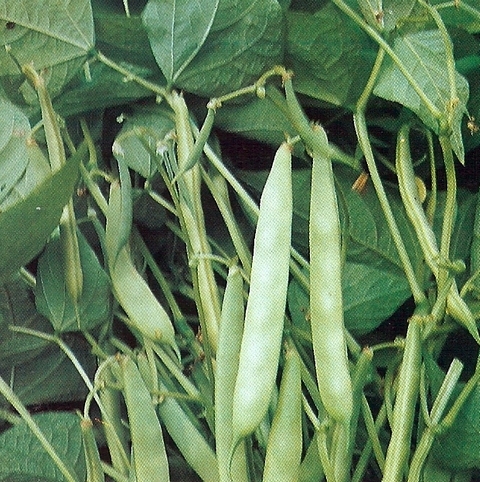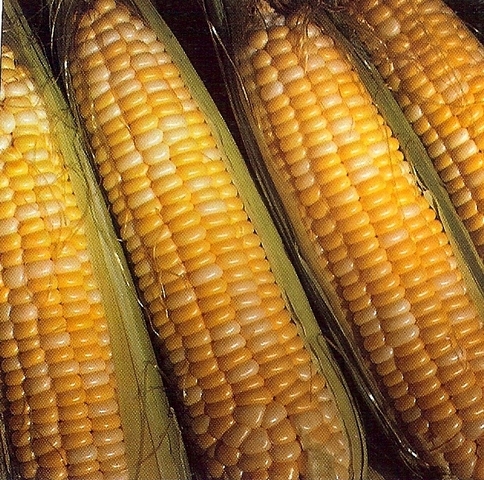You know the saying: corn should be knee-high by the Fourth of July. if yours is stunted or yellowish, one of the following factors may be the cause. Sweet corn is exacting in its growth requirements. Corn plants have extensive root systems and are very competitive. Thin plants to 12"-16" apart. Because corn is a heavy feeder, especially needing nitrogen, feed at planting  time, then side dress when the plants are 8" tall and again when they are 18" tall. Corn needs abundant water throughout the season but especially from tasselling to picking time. Lastly, plants need deep healthy roots that develop in soils rich in organic matter, Heavy, poorly drained soils will produce dismal crops.
time, then side dress when the plants are 8" tall and again when they are 18" tall. Corn needs abundant water throughout the season but especially from tasselling to picking time. Lastly, plants need deep healthy roots that develop in soils rich in organic matter, Heavy, poorly drained soils will produce dismal crops.

If you grow melons and squash, the hot weather recently may have inhibited fruit set. Use a small brush to transfer pollen from newly opened male flowers to the female flower which has a slightly enlarged base. Dust pollen onto the stigma in the center of the flower. You can also take a male flower, remove the petals and gently shake it directly over the female flowers.
High temps may also be affecting your beans. If your plants look healthy but only have a few fully formed pods, hot weather may be to blame. Flowers can drop before setting pods or even deteriorate right on the plants. Beans prefer temperatures between 70-80 degrees. Plants growing in soil that is either too wet or too dry are stressed by lack of oxygen. Irregular watering contributes to this problem. Weakened plants produce few pods. When you get your beans producing, be sure to harvest regularly so energy goes to forming new pods not seed production in mature pods.
Many plants, both vegetable and ornamental, are bothered by aphids and other sucking insects as well as foliage and flower eating bugs. From cucumber beetles, fleas beetles, stink bugs, weevils, curculios to borers , the list of trouble makers is endless. . To help deter them mix up some pepper spray in your kitchen.
- 1 tablespoon hot pepper sauce or 1 teaspoon cayenne pepper
- 6 cloves garlic, crushed
- 1 quart warm tap water
Let stand I hour, strain and spray plants either in the morning or evening.
